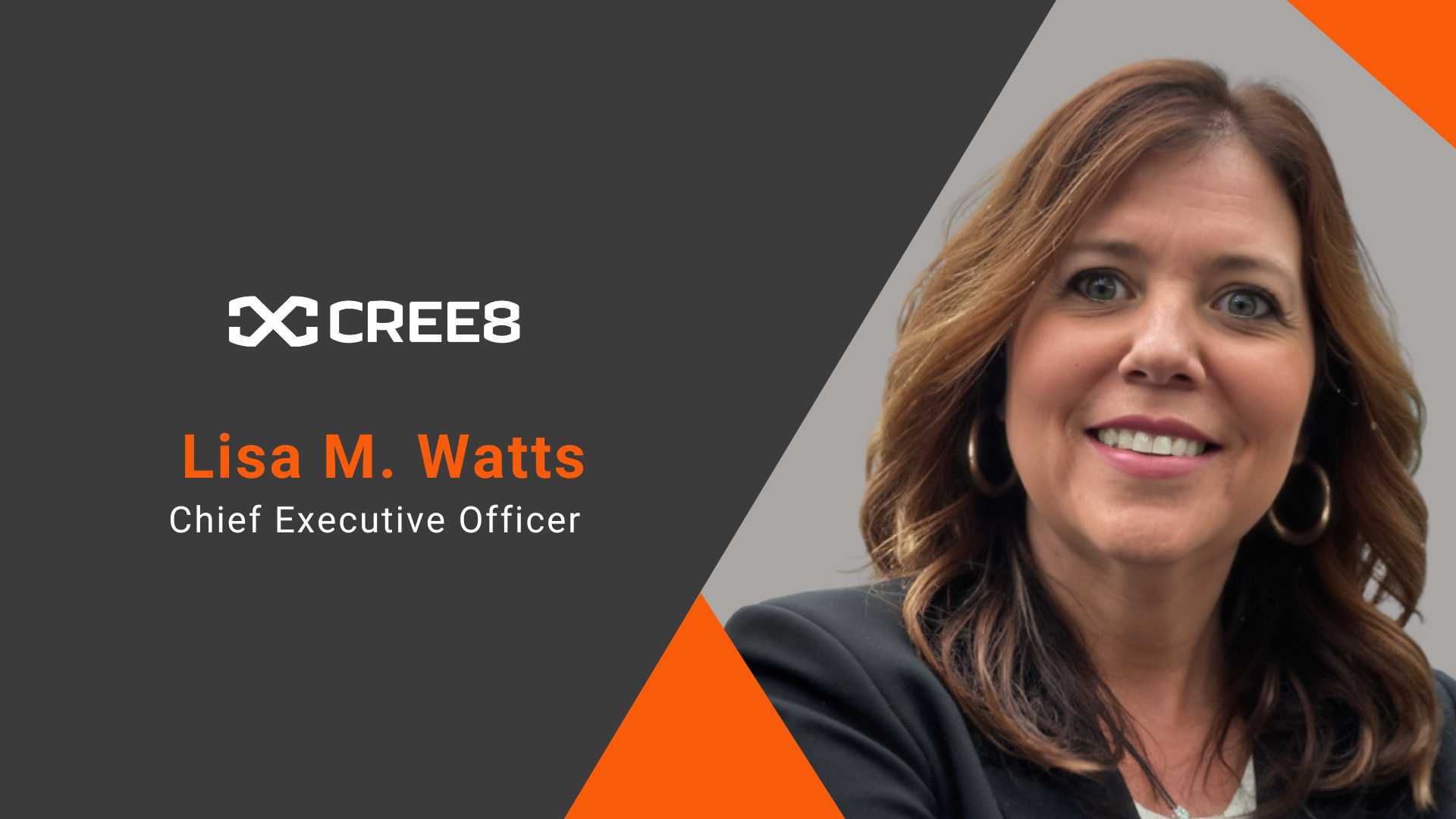

cloud technologymarketing
Lisa M. Watts on How Cloud-Native Tools Are Transforming Media Production
1. How is the transition to cloud-native workflows transforming the media and entertainment industry's approach to content production and post-production?
I think we’re seeing a real shift in mindset. Cloud-native workflows are giving teams a way to break out of rigid, legacy systems and work faster, with fewer handoffs. Instead of being tied to a single location or hardware setup, everything from ingest to delivery can now happen in one virtual space. At CREE8, we’ve built our platform to take full advantage of that giving creators the flexibility to spin up workstations on demand, collaborate in real time, and keep moving without delays. It's not just remote work anymore, it's rethinking how production should work.
2. In what ways are cloud-based solutions facilitating real-time collaboration among geographically dispersed creative professionals?
What’s exciting is that real-time collaboration is finally actually real-time even across continents. Teams can edit the same project from three different countries, with no waiting on file transfers or feedback. We’ve made it possible by virtualizing the entire post stack and syncing everything in the cloud. You can jump into a session with a colorist in London and a director in New York, and everyone’s seeing the same thing, instantly. It’s completely changed what’s possible for global teams.
3. How can media organizations balance the need for high-performance virtual workstations with the goal of reducing on-premises infrastructure costs?
I think the key is giving teams the power to scale up only when they need it. With cloud-native tools, you don’t have to keep expensive machines running 24/7. You just spin up a high-performance workstation when you need one, then shut it down when you don’t. That kind of flexibility means you’re only paying for what you use, but still getting high performance. And if you’ve already invested in some on-prem infrastructure, we can integrate with that too it doesn’t have to be all or nothing.
4. How is the accessibility of enterprise-grade cloud solutions impacting smaller studios and independent creators in the industry?
This is one of the things I’m most excited about. Cloud used to be something only big studios could afford to figure out but that’s not the case anymore. With tools like our Free Edition, even small teams can access enterprise-grade collaboration, storage, and security from day one. I’ve talked to solo creators who are now running full post pipelines from their laptops, working with teams across the world. It’s really leveled the playing field in a big way.
5. How can organizations effectively manage scalable cloud storage to accommodate varying project needs without compromising performance?
Managing cloud storage well is all about being smart with tiers and access. We help teams organize their storage so that active files stay on fast, high-performance tiers, while less-used media gets archived automatically but is still easy to retrieve. You don’t want to be paying top dollar for stuff you’re not touching, but you also don’t want to be hunting for old assets. I think the balance comes from having storage that adapts to the creative process, not the other way around.
6. What emerging technologies are poised to further revolutionize cloud-based media workflows in the next few years?
AI is definitely top of mind not just for flashy use cases, but for making real, practical improvements in how we work. I’m seeing tools that can automatically find the best takes, tag footage, or even suggest edits, which frees up time for the creative decisions that really matter. And with advances in cloud rendering, 5G, and edge computing, live cloud production is getting more viable — even from places with limited connectivity. Long term, I think we’ll see more composability too letting teams build their own workflow stacks from the ground up, completely in the cloud.




